Rear I/O
The rear I/O us reasonably fully featured, even despite the big bit of heatsink intruding on it and the lack of eSATA. While pushing the hot air from the CPU to the heatsink and directly out the case is a good thing, I’m not entirely sure how effective it is and if it’s worth the sacrifice of limited rear I/O space.- Six USB 2.0 ports
- A 6-pin Firewire port
- A PS2 keyboard socket
- Optical and digital RCA S/PDIF out
- Illuminated Clear CMOS button
- Two RJ45 sockets with Gigabit Ethernet
The option of both types of S/PDIF is great and there’s another pin-out onboard for HDMI graphics cards, but the other sound outputs are kept to the SupremeFX module that plugs in just below the rear I/O.

BIOS
As we've come to expect with Asus Republic of Gamer boards, the BIOS is packed to the gills with features. While there are the usual performance tweaks, there's also options for what the onboard LEDs "display" (read: light up) and even the opacity of the RoG background image hidden in the depths of the "Boot Settings Configuration".
Feature-wise there's still the O.C. Profile to save a custom set of BIOS options into and the EZ Flash 2 that we love so much because it works so well – it includes an inbuilt BIOS Flash utility that can read USB sticks! What's not to love about its fantastic ease of use? We just wish other companies would
The performance settings build on what we've seen elsewhere, but there are improvements like including north bridge GTLRef voltage, memory reference voltage, bridge reference voltage and PLL voltages. The upper limits are the now usual insane values we’ve come to see on most boards these days. Other than that, the frequency adjustments are much the same as the XFX nForce 780i SLI.
There are still niche Asus features like the "CPU Level Up" system that offers auto-overclocking pre-sets to faster CPUs and even an undefined "Crazy" function that goes beyond anything Intel currently sells. In addition to this there's the AI Overclock function for percentage based auto-overclocking and to confuse things even further, Asus has included a standard and a manual setting!?
I wish Asus would just pick one and stick with it! Or, at least combine these features into something easier to understand – the whole point of them is to provide ease of use and that's simply being stifled by the sheer lack of organisation. As intuitive as the "manual" setting is, it's compounded by the apparent sheer volume of similar options that surround it – for example, the CPU Level Up option is listed three times!

MSI MPG Velox 100R Chassis Review
October 14 2021 | 15:04


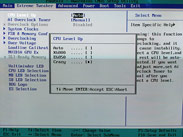
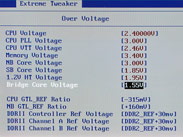
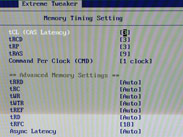

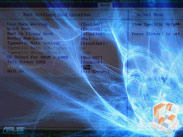
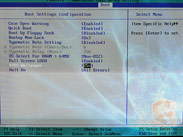
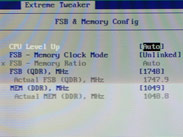
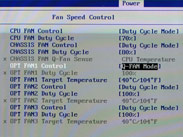







Want to comment? Please log in.